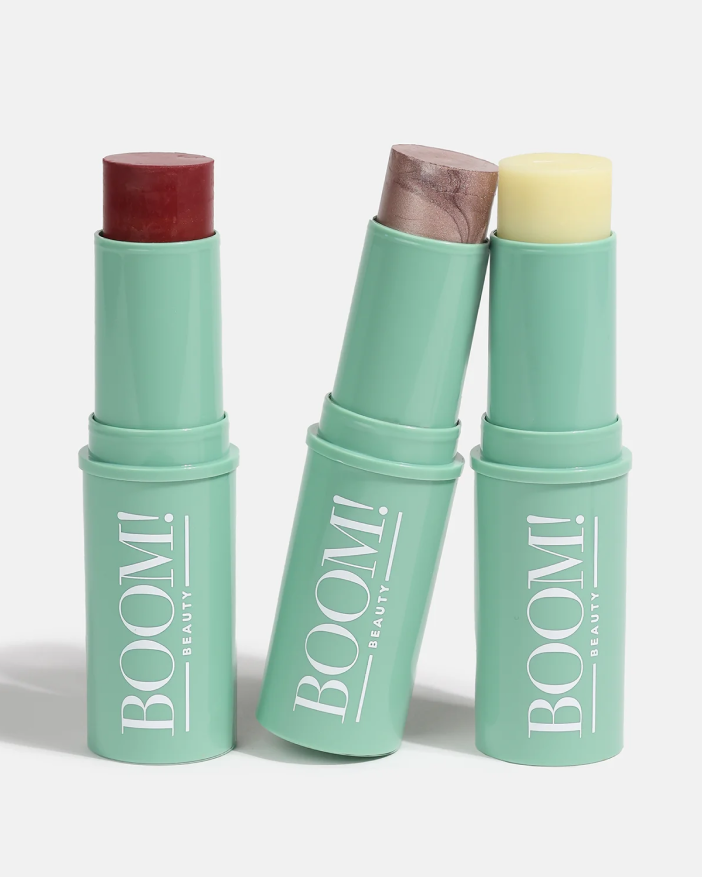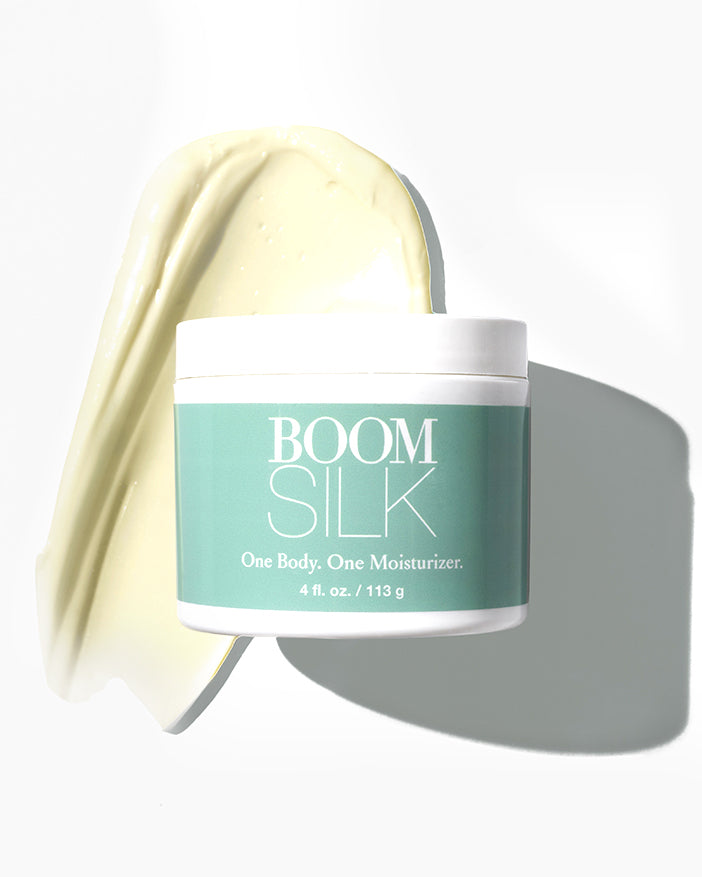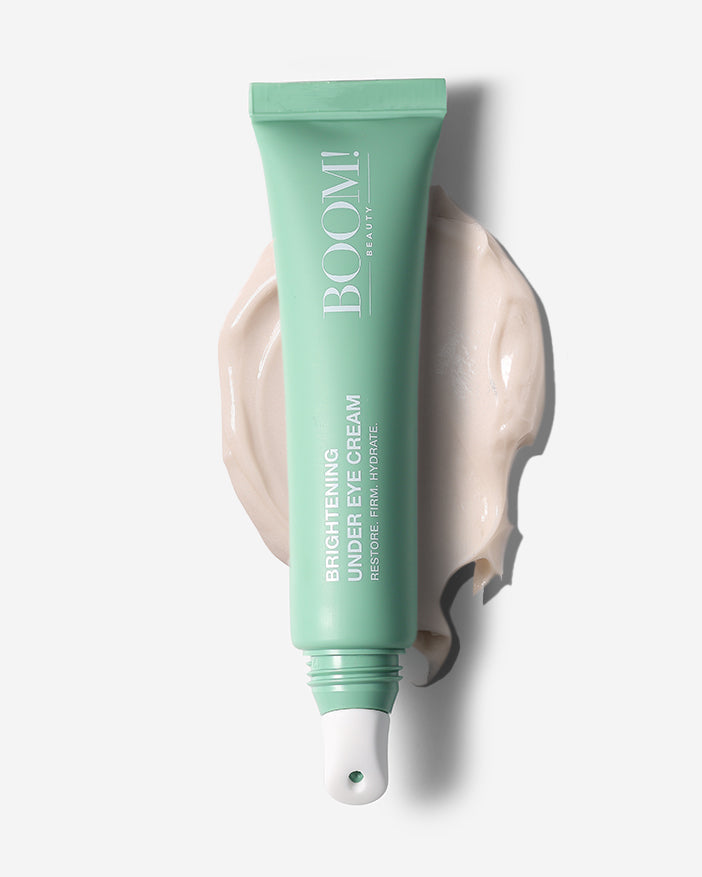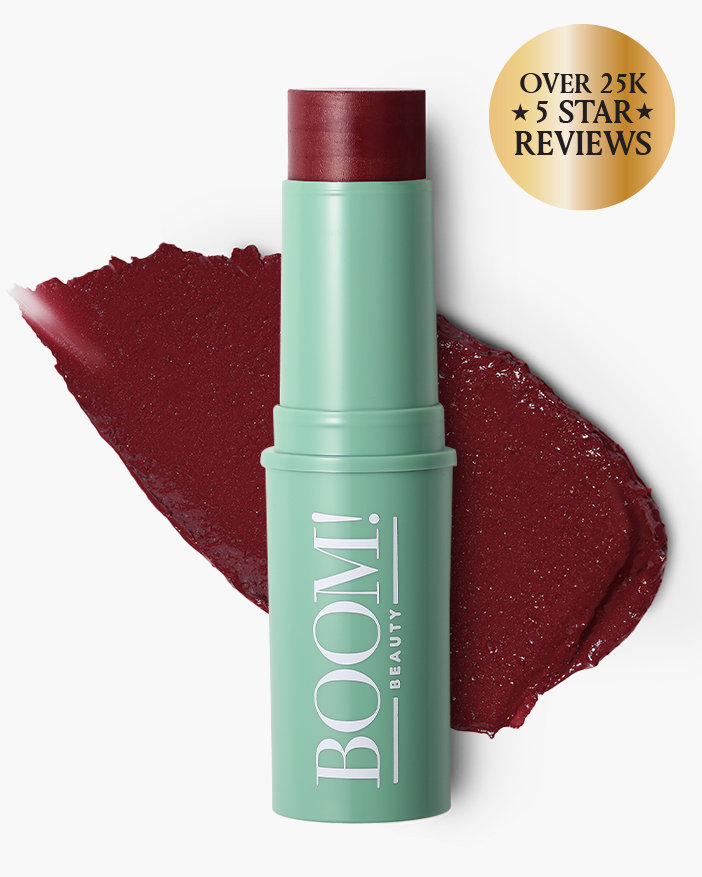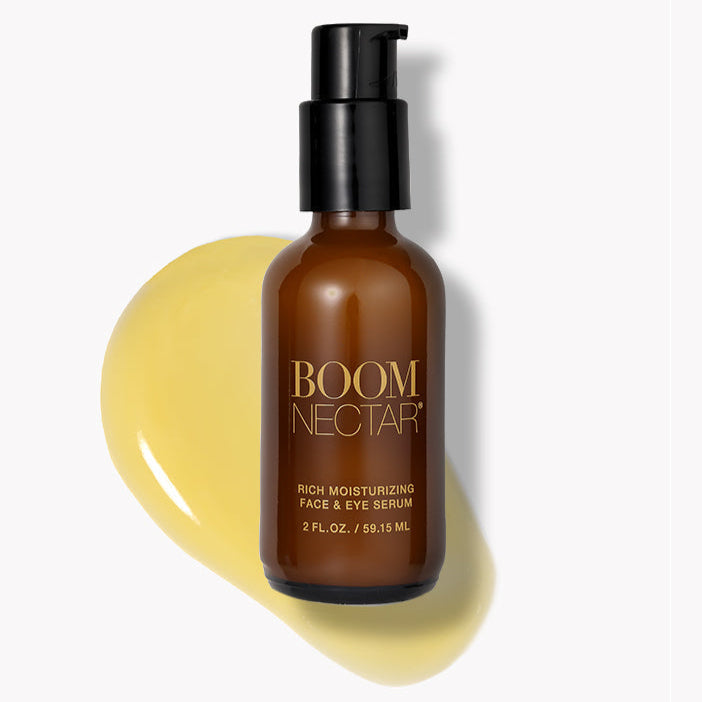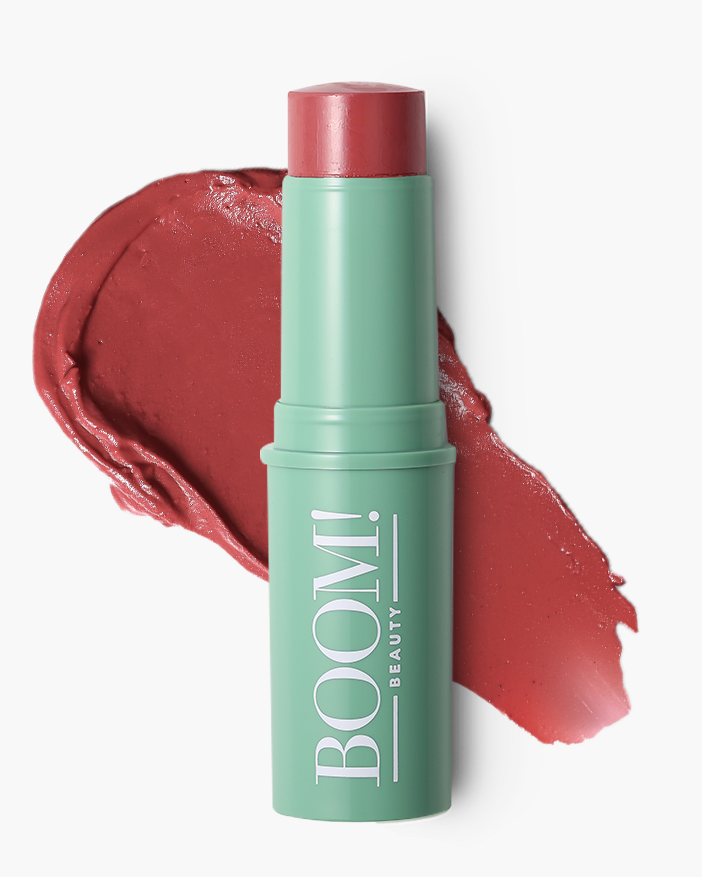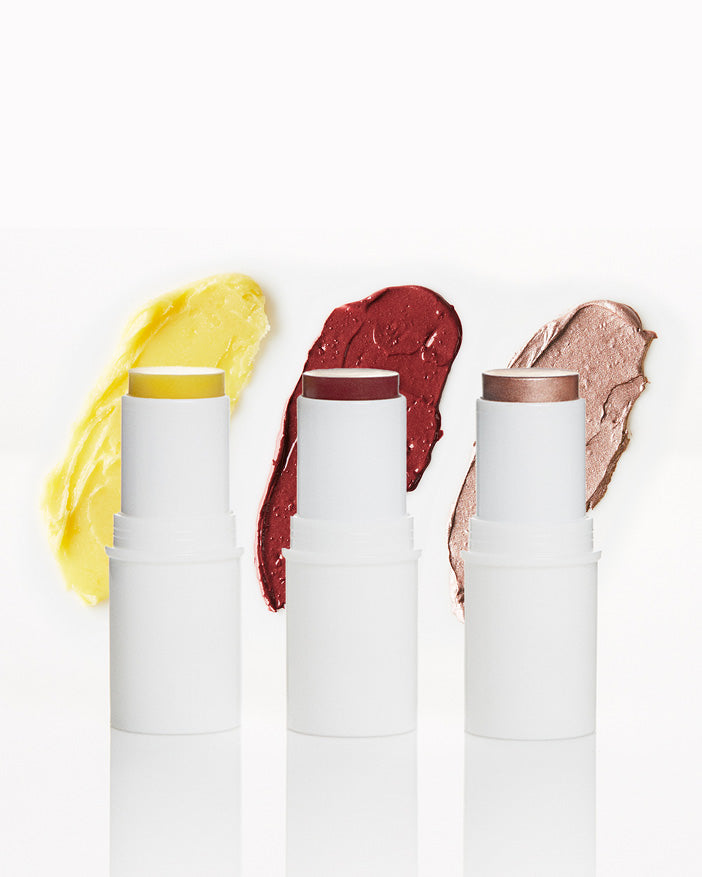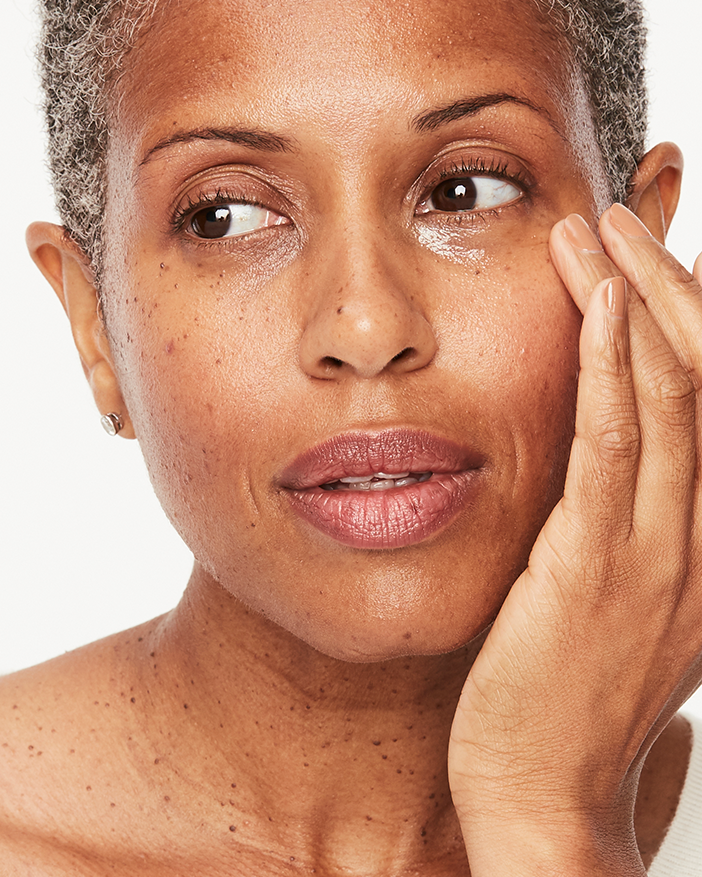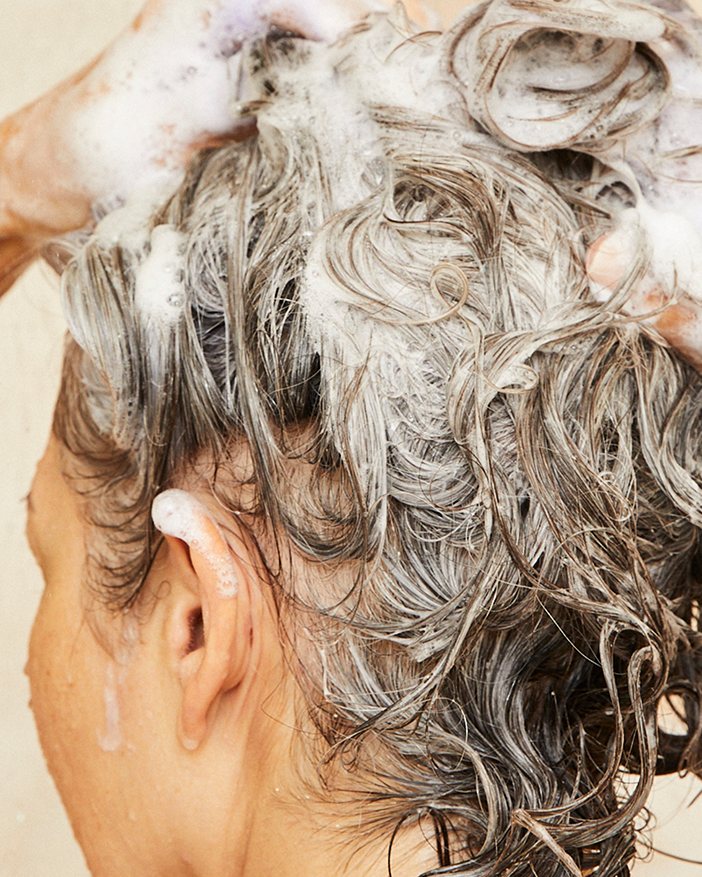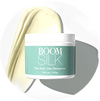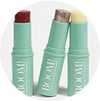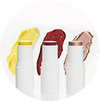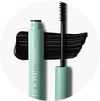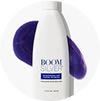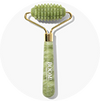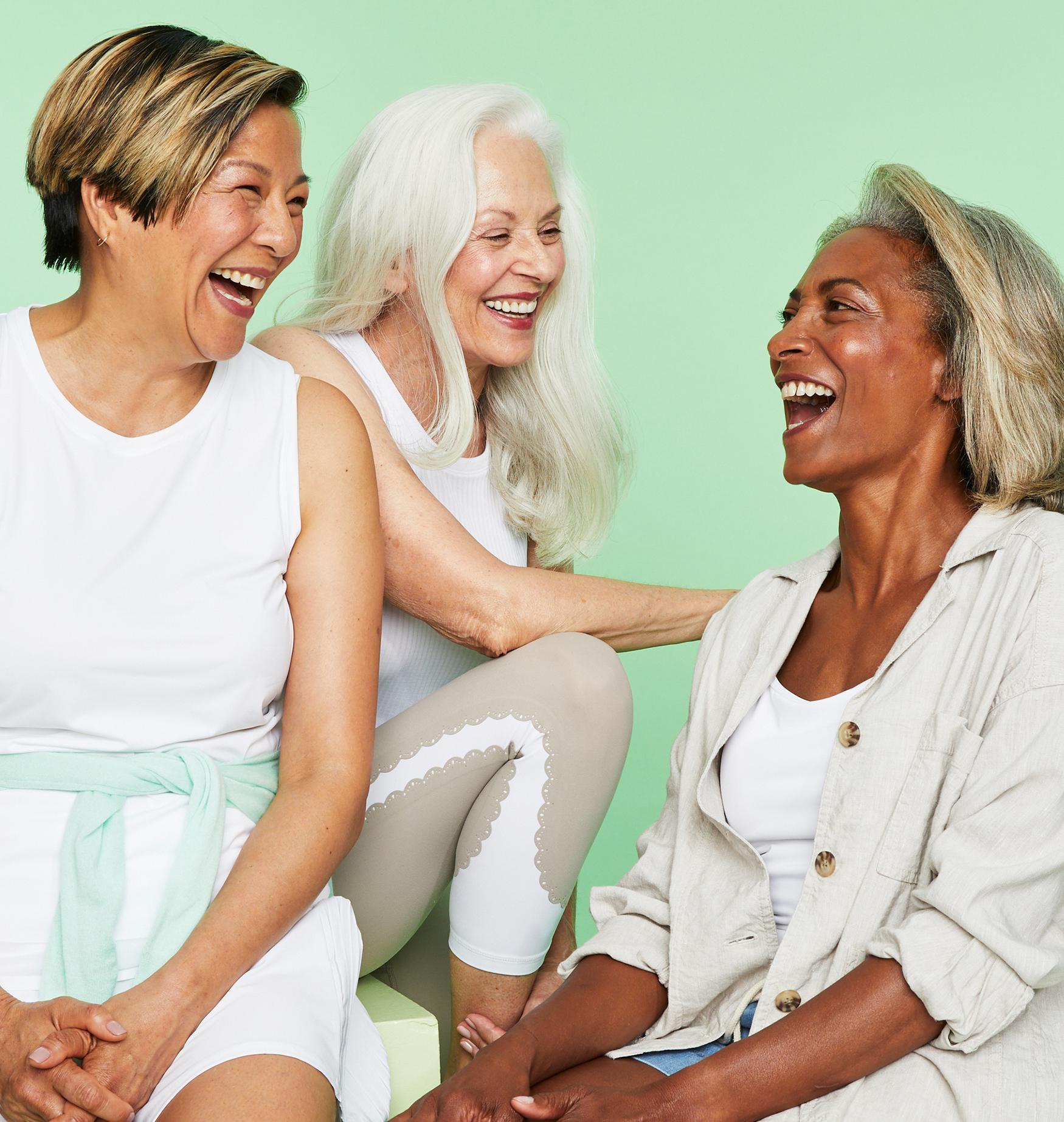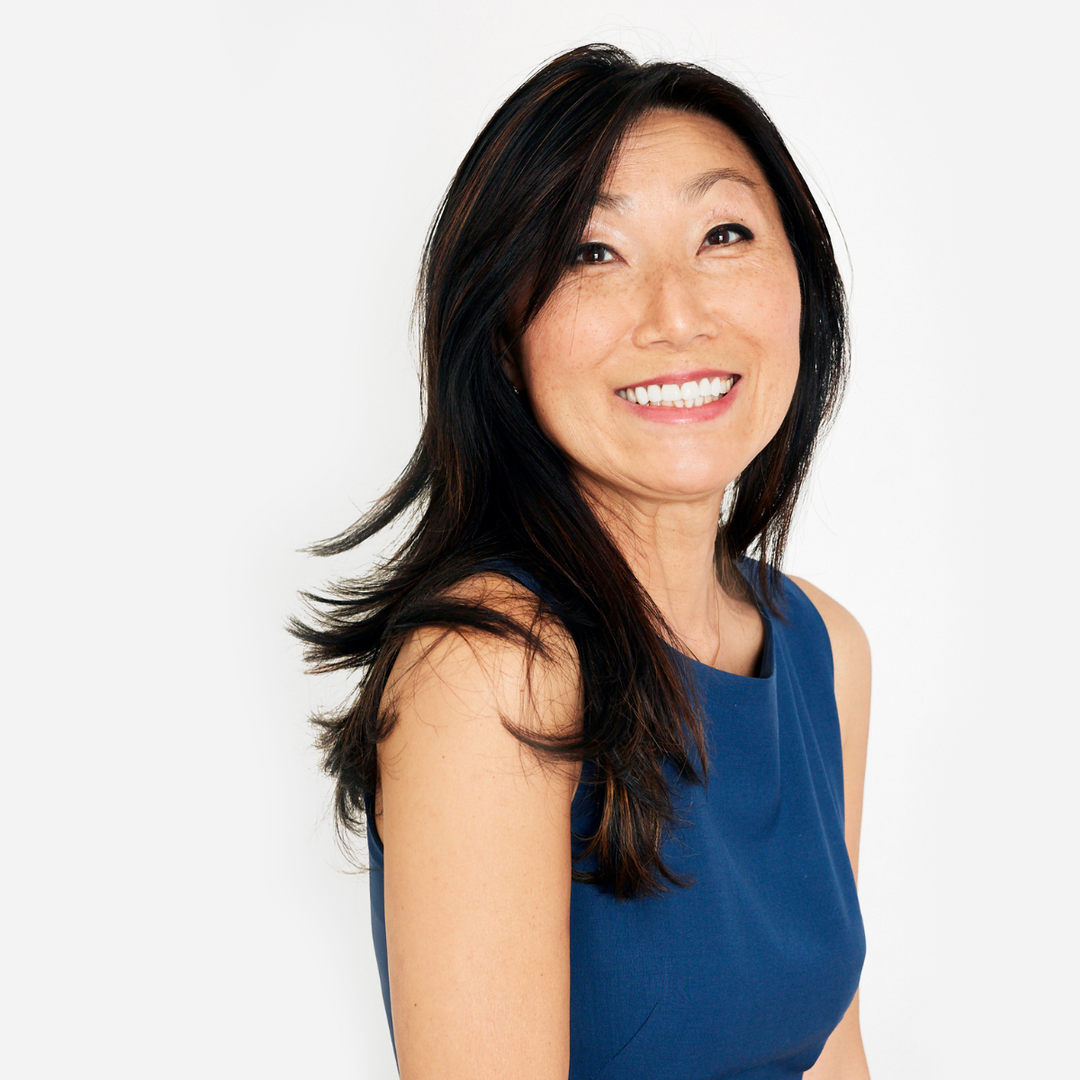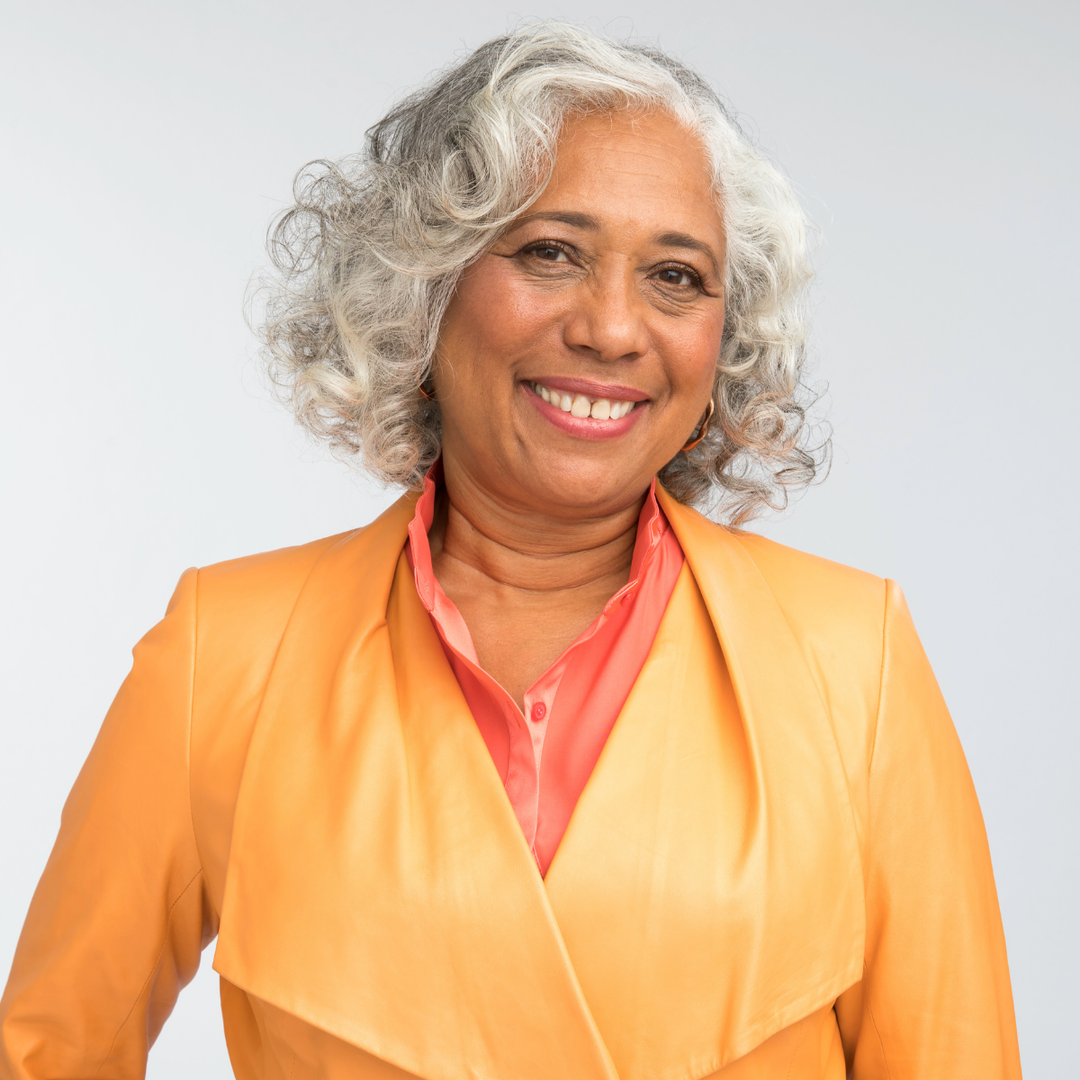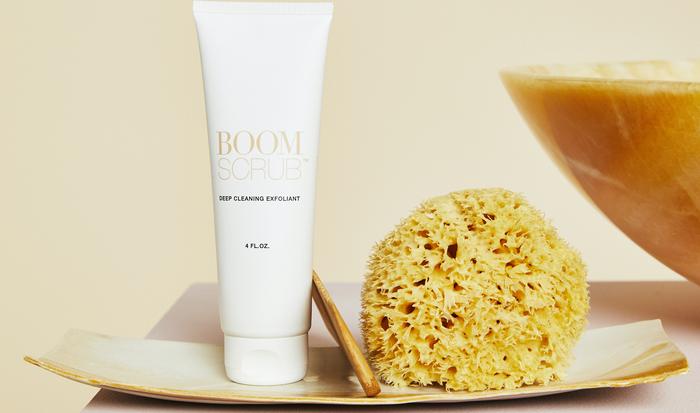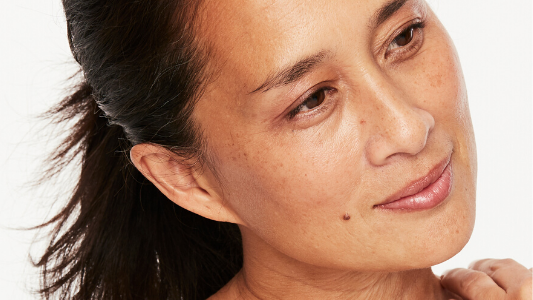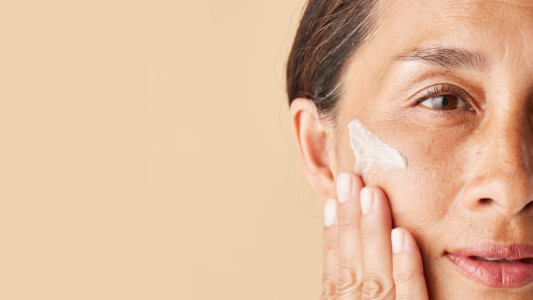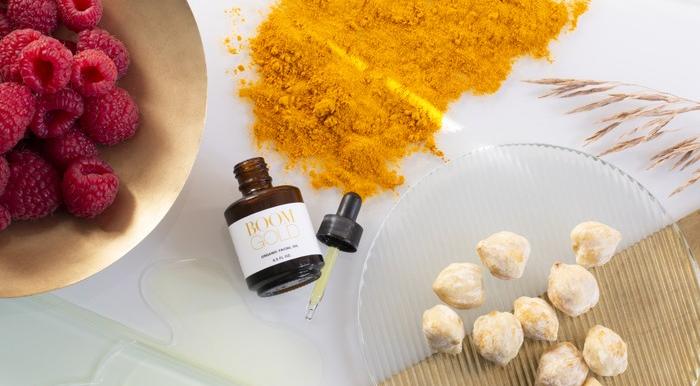How Beauty
Has Changed
Throughout History
Beauty standards are so all-pervasive—in movies, TV, magazines, and advertising—that we take them as given. And lots of us go through the world assuming that “beautiful” means what our culture says it does: smooth, symmetrical, clean, thin, delicate and young.
But did you know that throughout history—and in cultures all over the world—“beautiful” has meant radically different things?
Our culture’s current beauty standard is really only about 60 or 70 years old.
When you realize that the word “beautiful” has meant hundreds of different things throughout the course of history, it becomes a whole lot easier to see those standards not as some all-powerful truth, but as just one more idea of what beauty can be.
And when we realize that “beauty” is a subjective thing—that there are lots and lots of ways to define it—it makes room for us to see beauty in diversity; to realize there are just as many ways to be beautiful as there are women in the world.
(Plus, it can give us some much-needed levity about the whole thing—some historical ideas about beauty are pretty funny by today's standards!)
In Elizabethan England, the most beautiful women wore lead.
Pale skin was prized in 1600s England because it was a symbol of class and wealth—color in your cheeks meant you had to work outside, and pale skin signaled you were a woman of leisure. Wealthy women in Elizabethan England took this to an extreme, applying white lead-based makeup called ceruse to create a ghostly pallor.
One popular skin lightening cream in the 1600s was made of mercury; it promised to remove all dark spots and inconsistencies—but it also removed the top layers of skin!
Women would then cover up these sores by applying more white lead on top.
As you can imagine, this standard of beauty was pretty rough on people’s health—life expectancies for women were a lot lower, and poisonous makeup was one reason why.
The Ancient Greeks loved unibrows.
Ancient Greek civilization was one of the first to try to quantify beauty, with various philosophers and mathematicians (such as Pythagoras) searching for the ultimate mathematical formula for beauty.
A lot of ideas came out of this search, including the “Golden Ratio” and the concept that a beautiful face is composed of perfectly symmetrical thirds. But the Greeks also loved the unibrow! (Maybe because of its symmetry?)
Ancient Greek art portrays women with thick, Frida Kahlo-style brows, and the Greeks even tried to cultivate the look, using dark pigment to draw one in when it wasn’t naturally occurring.
In Medieval Japan, it was all high eyebrows and black teeth.
The Greeks weren’t the only ones obsessed with eyebrows—in medieval Japan, women would shave off their real eyebrows and draw fake ones in their place, much higher on the forehead—just slightly below the hairline!
Medieval Japanese women also valued pale skin because it was associated with wealth and leisure, so they would paint their faces white, too—but then they noticed this made their teeth appear yellow.
So for contrast, the most beautiful women painted their teeth black!
Throughout most of history, curvy has been considered the “ideal.”
In societies all over the world, beauty standards have often been connected with class and wealth.
Until a couple hundred years ago (or less!) most people performed physical labor and ate only what they needed to survive—so they were pretty thin and muscular.
In these societies, curviness was rare, and the heavier a woman was, the more beautiful she was considered. A full figure was evidence of fertility—but more importantly, it was evidence of wealth.
Even in the U.S. in the 50s, the “ideal” female body type was much heavier than it is today. A thin silhouette as the beauty standard is a very recent development—it only started in the 1960s!
These are just a few examples of the wildly varying beauty standards women have negotiated throughout history.
When I find myself measuring how well I fit our society’s beauty ideals (hey, everyone does it sometimes), I think it’s useful to remember how diverse they have been.
What that tells me is that there are hundreds (thousands!) of different ways for a woman to be beautiful, and what society calls “the rules” at any given moment are pretty arbitrary.
I feel a lot happier when I remind myself that there’s actually no single look that’s "beautiful" and that beauty can come in a thousand different forms. And actually, that happiness radiates from the inside—and creates true beauty.
CHECK OUT OUR MOST POPULAR CONTENT


